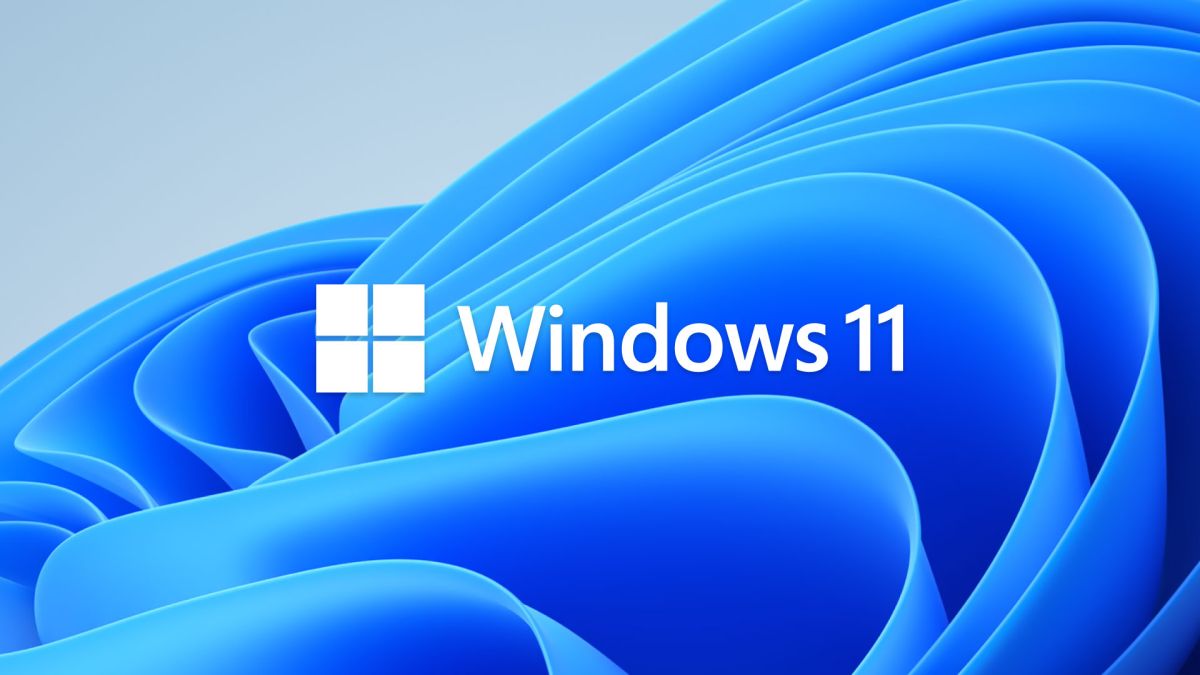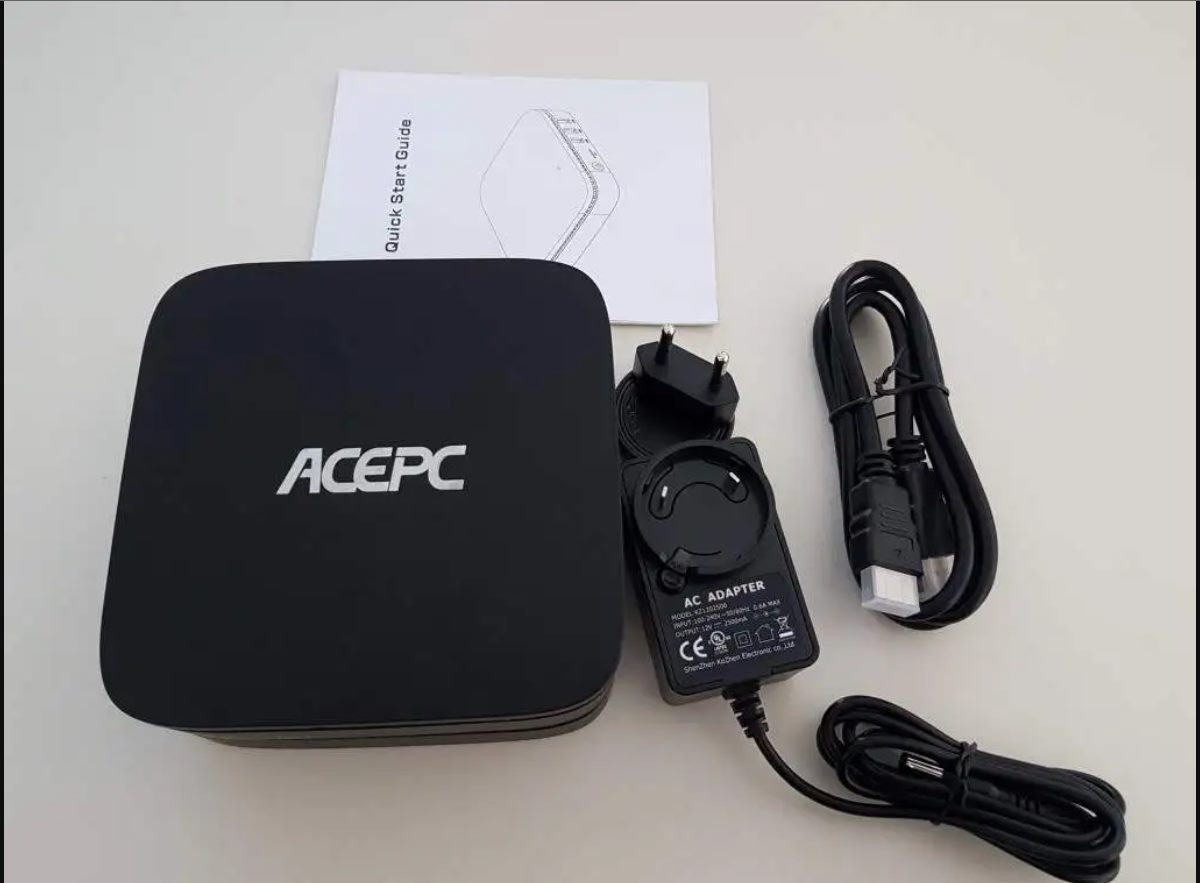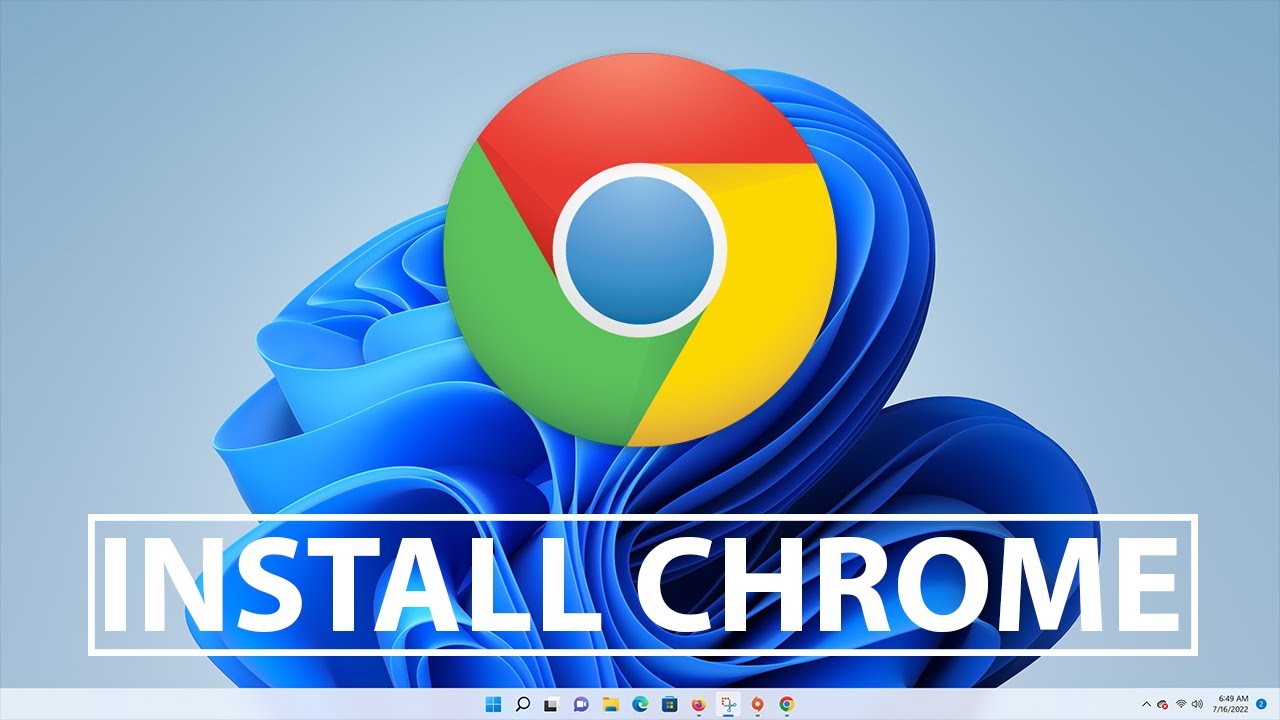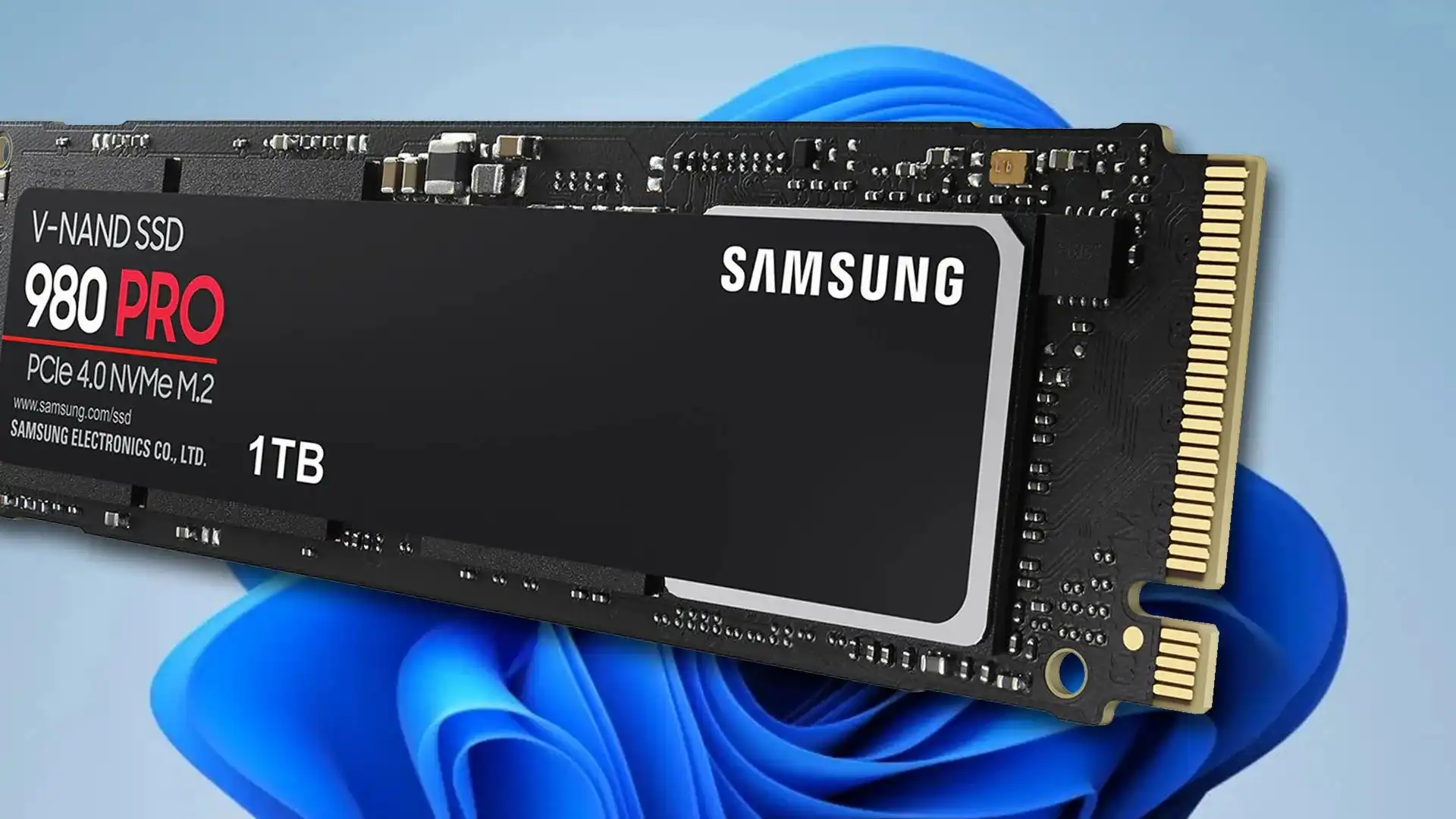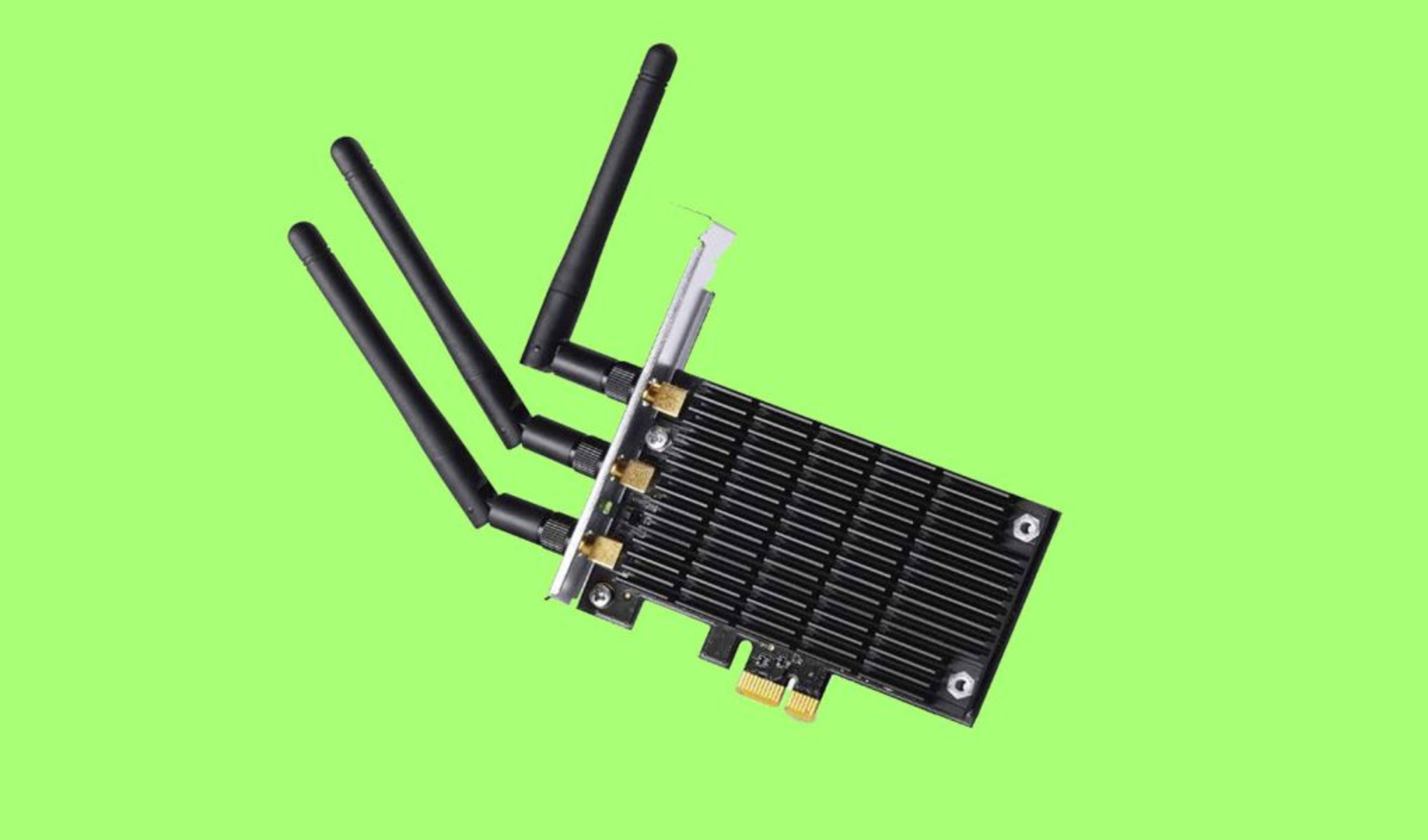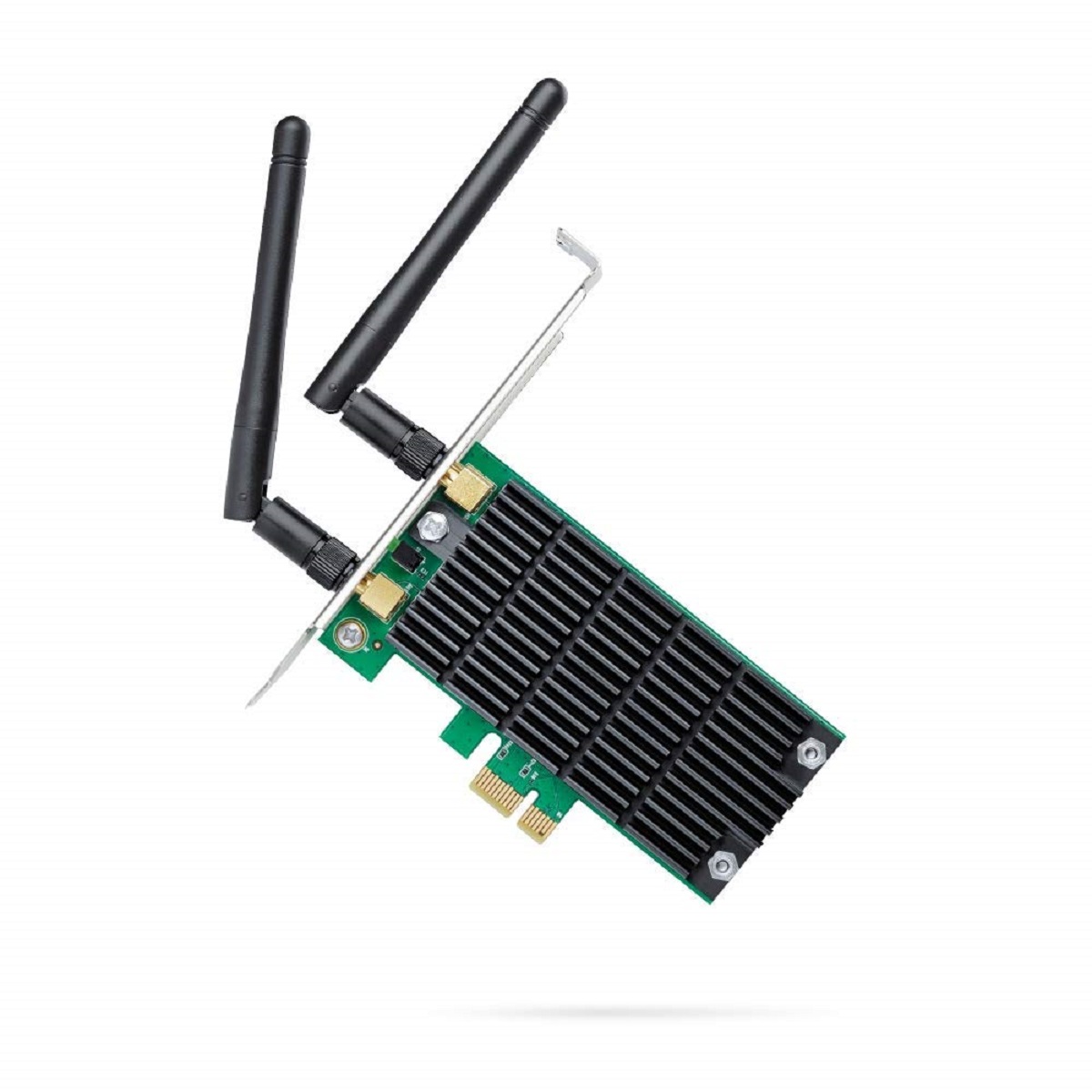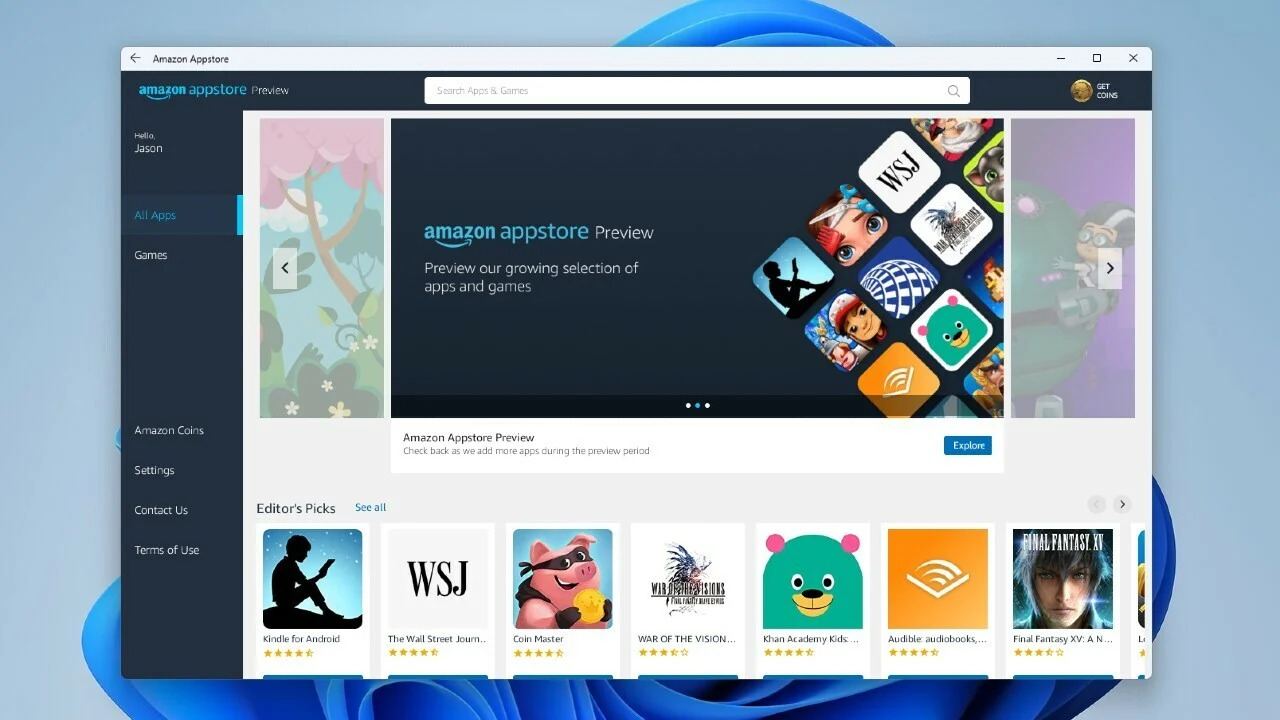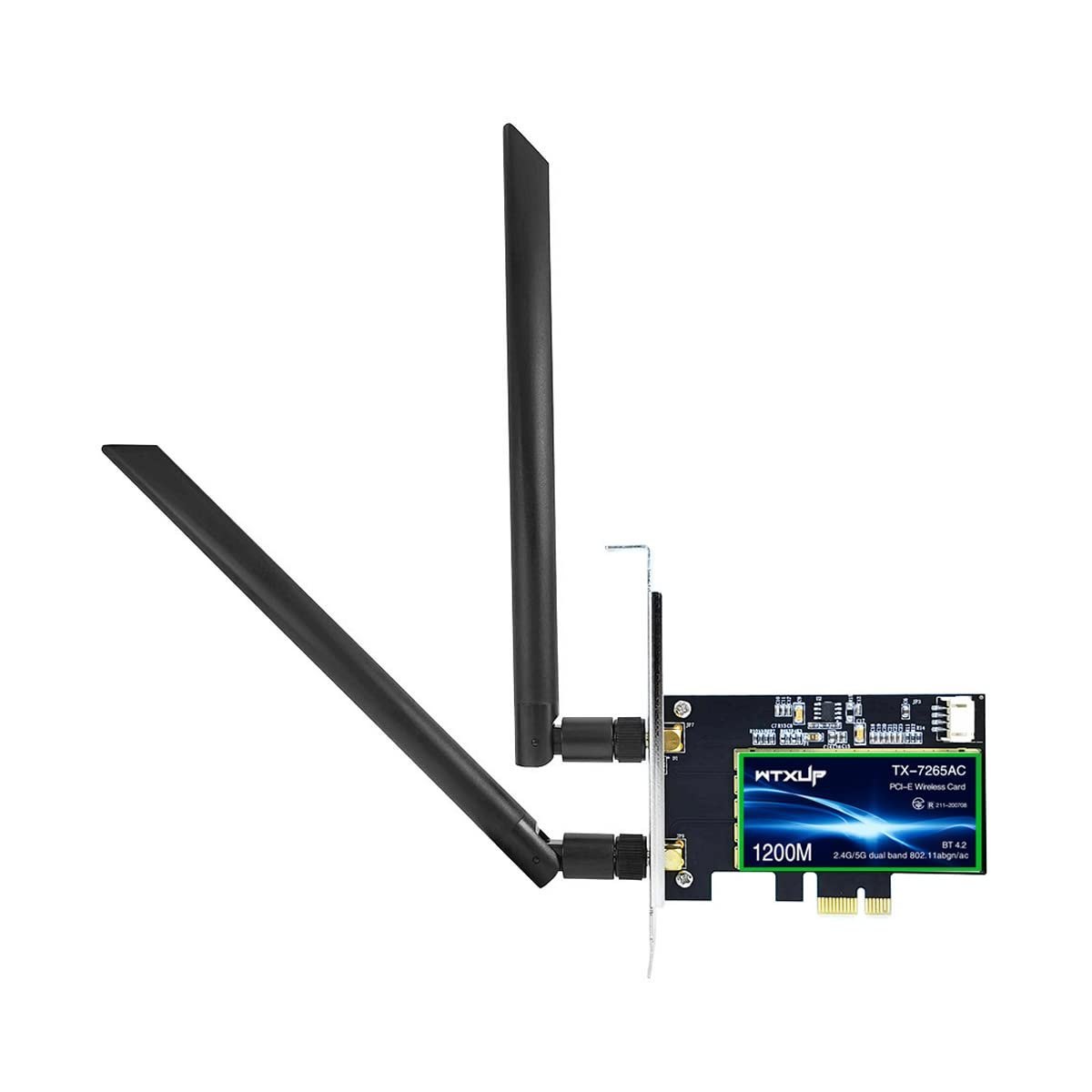Introduction
Welcome to our step-by-step guide on how to install Windows 11 on a new PC! If you’ve recently built or purchased a new computer and are excited to upgrade to Microsoft’s latest operating system, you’ve come to the right place. Windows 11 offers a sleek and modern user interface, enhanced performance, and a host of new features that will elevate your computing experience.
Before diving into the installation process, it’s crucial to ensure that your new PC meets the system requirements for Windows 11. This will help prevent any compatibility issues or performance limitations that may arise during or after the installation.
In this guide, we will walk you through each step of the installation process, from checking system requirements to completing the initial setup. By following these instructions, you’ll be able to enjoy all the benefits of Windows 11 on your new PC.
It’s important to note that installing a new operating system involves making changes to your computer’s settings and may result in data loss if not done correctly. It’s always recommended to backup your important files and documents before proceeding with the installation.
Now, let’s get started with step one: checking the system requirements to ensure your new PC is compatible with Windows 11.
Step 1: Check the System Requirements
Before installing Windows 11, it’s essential to verify that your new PC meets the minimum system requirements. This will ensure a smooth installation process and optimal performance once Windows 11 is up and running.
Here are the minimum system requirements for Windows 11:
- Processor: 1 GHz or faster with at least 2 cores on a compatible 64-bit processor
- RAM: 4 GB or more
- Storage: 64 GB or more
- Graphics Card: Direct X 12 compatible graphics with a WDDM 2.0 driver
- Display: High-definition (720p) display, 9″ or greater diagonally, with a 1366 x 768 resolution
- Internet Connection: Internet connectivity is necessary for updates and accessing online features
In addition to the minimum requirements, Microsoft has also introduced specific hardware requirements known as the “Windows 11 system requirements.” These include features like TPM (Trusted Platform Module) version 2.0, secure boot capability, and UEFI firmware with secure boot capability.
To check if your new PC meets these requirements, you can use the PC Health Check tool, which was specifically designed by Microsoft for this purpose. Simply download and run the tool, and it will provide a detailed report on whether your system meets the necessary criteria.
If your PC falls short of the requirements, you have a few options. You can choose to upgrade your hardware to meet the specifications or continue using your current operating system. Keep in mind that some features of Windows 11 may not be available or function optimally if your PC does not meet the requirements.
Now that you’ve confirmed your PC meets the necessary system requirements, it’s time to move on to step two: creating a Windows 11 bootable media.
Step 2: Create a Windows 11 Bootable Media
To install Windows 11 on your new PC, you’ll need to create a bootable media, such as a USB drive, that contains the Windows 11 installation files. Creating a bootable media allows you to start the installation process from an external source.
Here’s how you can create a Windows 11 bootable media:
- First, you’ll need to download the Windows 11 installation ISO file from the official Microsoft website. Make sure to select the appropriate version and language for your needs. The ISO file is a disk image file that contains all the necessary installation files.
- Once the ISO file is downloaded, you’ll need to use a reliable third-party tool, such as Rufus or the Windows 11 Media Creation Tool, to create the bootable media. These tools provide a user-friendly interface and guide you through the process.
- Insert a USB drive with sufficient storage capacity into your PC. Keep in mind that the USB drive will be formatted during the creation process, so make sure to back up any important data beforehand.
- Open the third-party tool you’ve chosen and select the USB drive as the target device. Browse for the previously downloaded Windows 11 ISO file, and click on the “Create” or “Start” button to begin the creation process.
- The tool will format the USB drive and copy all the necessary installation files from the ISO onto the USB drive. This process might take some time, depending on the speed of your PC and the size of the ISO file.
- Once the bootable media creation is complete, safely eject the USB drive from your PC. Your Windows 11 bootable media is now ready to be used for installation.
Creating a bootable media ensures that you have a portable and reliable source for the Windows 11 installation. It also allows you to easily install Windows 11 on multiple PCs if needed.
With the bootable media in hand, you are now ready to proceed to step three: setting up the BIOS/UEFI settings on your new PC.
Step 3: Set Up the BIOS/UEFI Settings
Before installing Windows 11, it’s important to configure the BIOS/UEFI settings on your new PC. These settings determine how your computer interacts with hardware components and the operating system. Adjusting the settings ensures compatibility and optimal performance during the installation process.
Here’s how you can set up the BIOS/UEFI settings:
- Start by restarting your new PC and pressing the appropriate key to access the BIOS/UEFI settings. The specific key varies depending on the manufacturer and model of your computer. Common keys include F2, F10, Del, or Esc. Consult your PC’s documentation or search online for the correct key.
- Once you’re in the BIOS/UEFI settings, navigate to the “Boot” or “Boot Options” section using the arrow keys.
- Locate the option for “Boot Order” or “Boot Priority” and ensure that the bootable media (USB drive) is set as the first boot device. This allows your PC to boot from the USB drive during the installation process.
- If your PC has the option, enable “Secure Boot” to enhance system security. This feature ensures that only trusted software can run during the boot process.
- Check for any other relevant options, such as TPM (Trusted Platform Module) or virtualization settings. Enable them if necessary, according to the specifications of your PC and Windows 11 requirements.
- Once you’ve made the necessary changes, save the settings and exit the BIOS/UEFI interface. Your PC will restart.
Configuring the BIOS/UEFI settings correctly is crucial to ensure a successful installation of Windows 11. These settings may vary, so it’s important to consult your PC’s documentation or manufacturer’s support website if you encounter any difficulties.
With the BIOS/UEFI settings properly configured, you’re now ready to proceed to step four: installing Windows 11 on your new PC.
Step 4: Install Windows 11
Now that you’ve checked the system requirements, created a Windows 11 bootable media, and set up the BIOS/UEFI settings, it’s time to install Windows 11 on your new PC. Follow these steps to complete the installation process:
- Insert the bootable media (USB drive) into your PC and restart it. This will boot your computer from the USB drive instead of the default hard drive.
- As your PC restarts, you’ll see a prompt asking you to “Press any key to boot from the USB.” Quickly press any key on your keyboard to initiate the Windows 11 installation process.
- The Windows 11 setup screen will appear, and you’ll need to select your language, time and currency format, and keyboard input method. Make your selections, and click “Next” to proceed.
- On the next screen, click “Install Now” to begin the installation process. You may be prompted to enter the product key if required.
- Read and accept the license terms by checking the box and clicking “Next.”
- Next, you’ll be presented with two installation options: “Upgrade” or “Custom.” Choose the “Custom” option to perform a clean installation of Windows 11 on your new PC.
- Now, you’ll need to select the partition where you want to install Windows 11. If you have multiple partitions, choose the one that meets your requirements and click “Next.”
- The installation process will begin, and your PC will restart several times during the process. This is normal, so don’t be alarmed.
- Once the installation is complete, you’ll be prompted to set up a few basic settings, such as your region and keyboard layout. Follow the on-screen instructions to personalize these settings according to your preferences.
- Finally, you’ll be asked to create a user account and password for your PC. Enter the required details and click “Next.”
- Windows 11 will then finalize the setup, and you’ll see the desktop screen. Congratulations! You’ve successfully installed Windows 11 on your new PC!
Take a moment to explore the new features and functionalities of Windows 11, customize your settings, and install any necessary drivers and software to optimize your computing experience.
With Windows 11 installed, you’re now ready to complete the final step: the initial setup.
Step 5: Complete the Initial Setup
After successfully installing Windows 11 on your new PC, there are a few additional steps to complete the initial setup and personalize your experience:
- First, you’ll be prompted to choose your privacy settings. Take the time to review these settings and select the options that align with your preferences. Click “Accept” or “Next” to proceed.
- Next, you may be prompted to sign in to your Microsoft account or create a new one. Signing in with a Microsoft account allows you to access additional features and services, such as OneDrive cloud storage and the Microsoft Store. If you prefer not to use a Microsoft account, you can click “Skip this step” or “Create a local account.”
- After signing in or creating an account, you’ll have the option to customize your PC’s settings. Here, you can personalize your desktop wallpaper, choose a color scheme, and set up additional preferences according to your taste.
- Now is a good time to connect your PC to the internet if you haven’t already. Windows 11 will prompt you to connect to a Wi-Fi network or ethernet connection. Follow the on-screen instructions to establish a connection.
- If you have a product key for additional software or applications, now is the time to enter it. You may be prompted to activate specific software or provide license keys.
- Once you’ve completed the initial setup and customized your settings, Windows 11 will complete any necessary updates. It’s important to allow these updates to ensure your PC’s security and performance are up to date.
- Finally, take some time to familiarize yourself with the new features and enhancements that Windows 11 offers. Explore the redesigned Start menu, taskbar, and other user interface improvements. Discover new widgets, multitasking capabilities, and productivity enhancements.
With the initial setup complete, your new PC is ready for you to enjoy all that Windows 11 has to offer. Take full advantage of the features and functionalities to enhance your productivity, creativity, and entertainment experience.
Congratulations on successfully installing Windows 11 on your new PC! Take the time to explore and make the most of this exciting new operating system.
Conclusion
Congratulations! You have successfully installed Windows 11 on your new PC, taking full advantage of its enhanced performance, modern user interface, and a host of new features. By following the step-by-step guide, you have ensured a smooth installation process and set up your PC to maximize compatibility and performance.
Remember, before proceeding with the installation, it is important to check the system requirements to ensure your PC can support Windows 11. Creating a bootable media allows for a convenient installation process, and configuring the BIOS/UEFI settings ensures compatibility and optimal performance.
Once Windows 11 is installed, completing the initial setup and personalizing your settings allows you to truly make the operating system your own. Take full advantage of the new features and enhancements, explore the redesigned interface, and customize your PC according to your preferences.
As you delve into Windows 11, continue to stay updated by installing the latest updates and security patches to ensure your PC remains protected. It’s important to periodically check for driver updates and install any additional software or applications that improve the functionality and performance of your new PC.
With Windows 11, you have a powerful and modern operating system that will elevate your computing experience. Enjoy the new interface, enhanced multitasking capabilities, and improved productivity tools. Make the most of features like Microsoft Teams integration, Xbox Game Pass, and enhanced touch and pen capabilities for creative tasks.
Thank you for following our guide on how to install Windows 11 on your new PC. We hope this has been a helpful resource and that you’re well on your way to enjoying all the benefits that Windows 11 has to offer!







